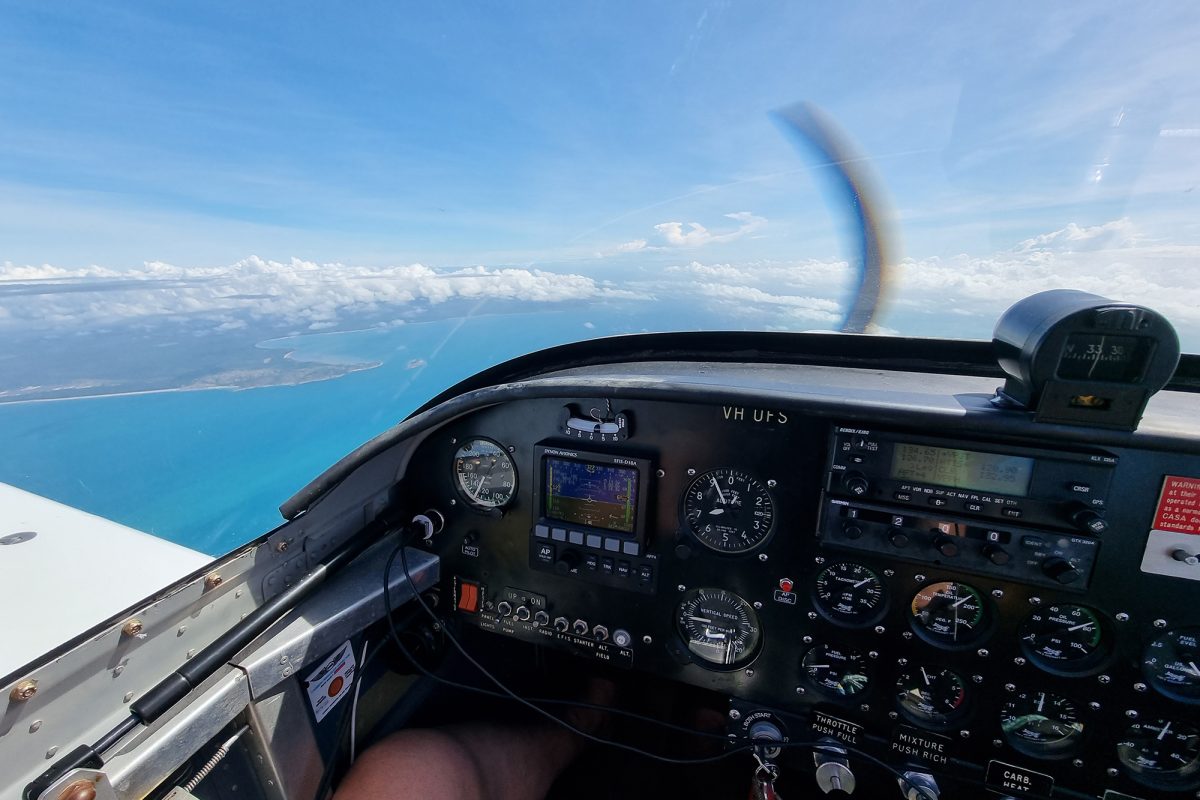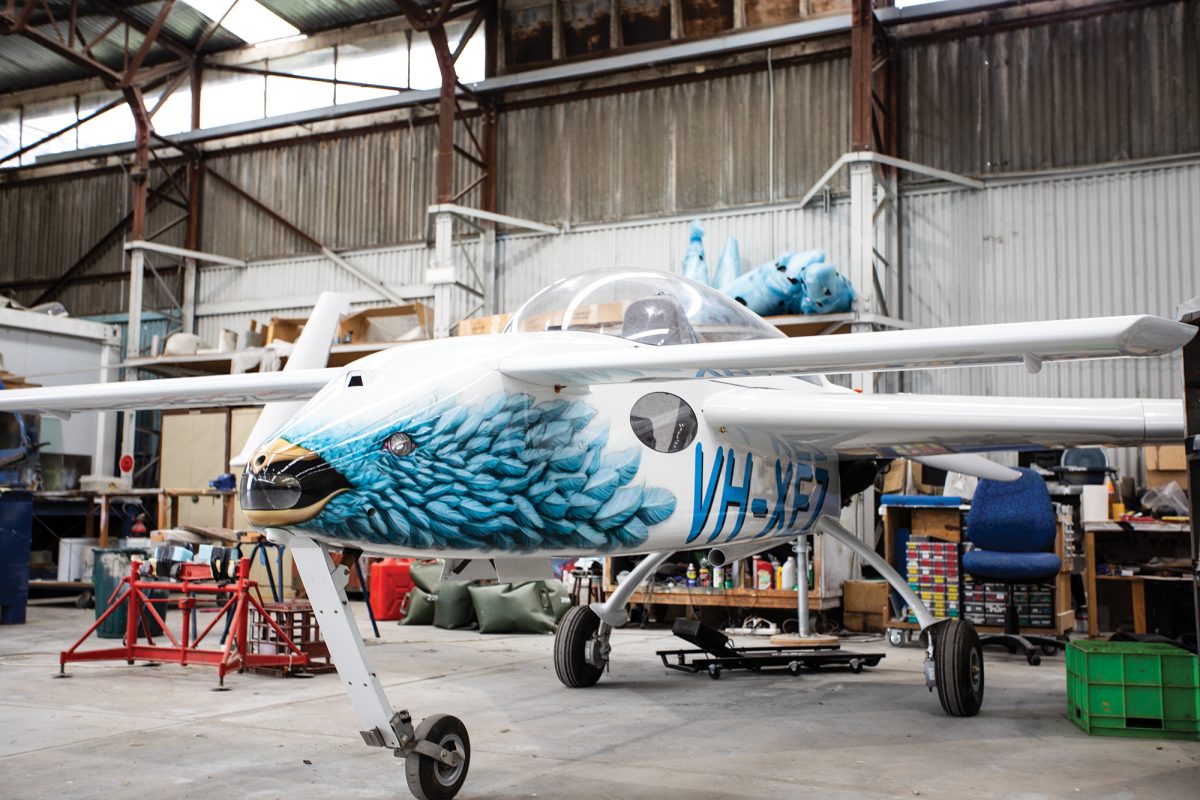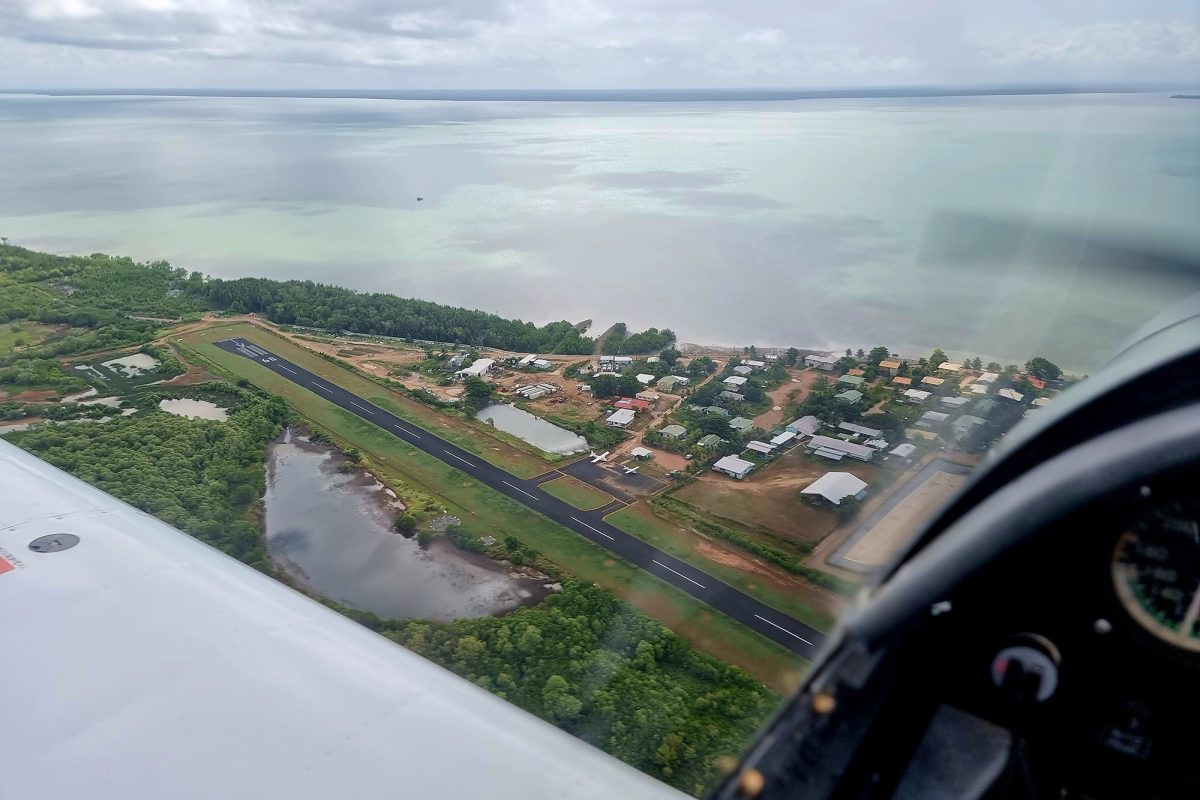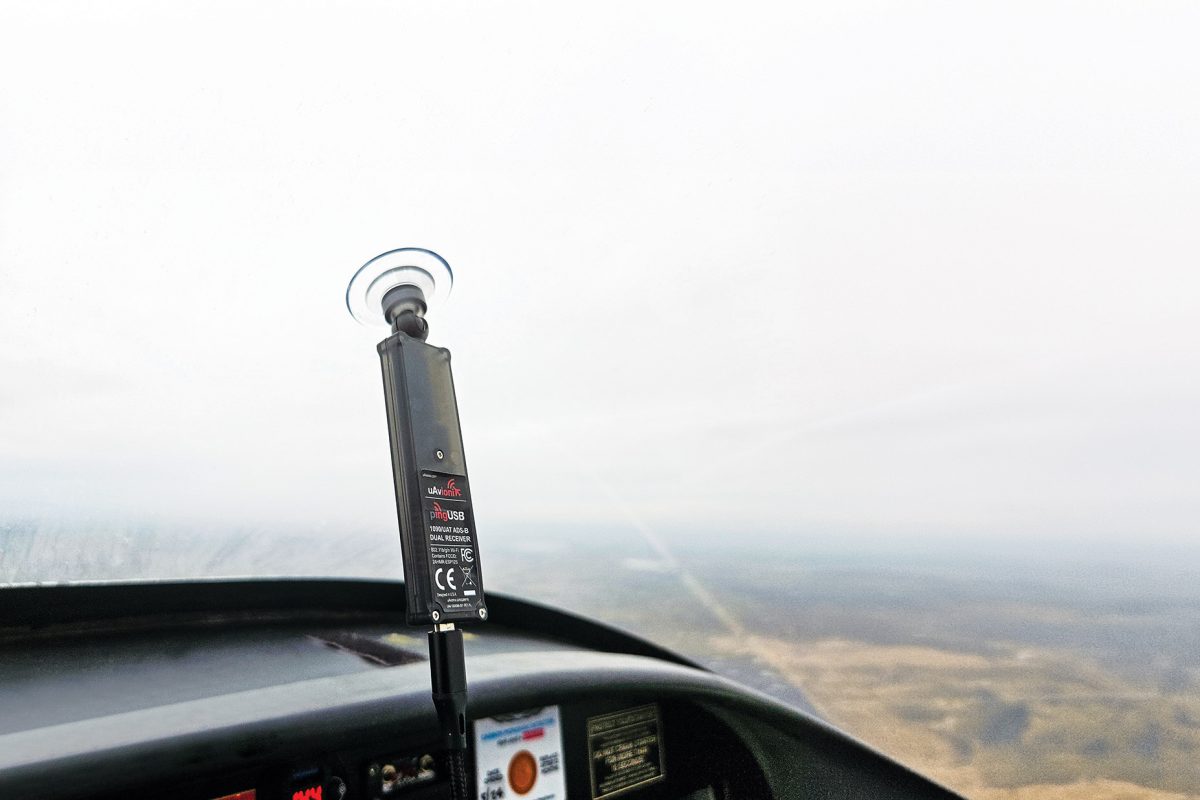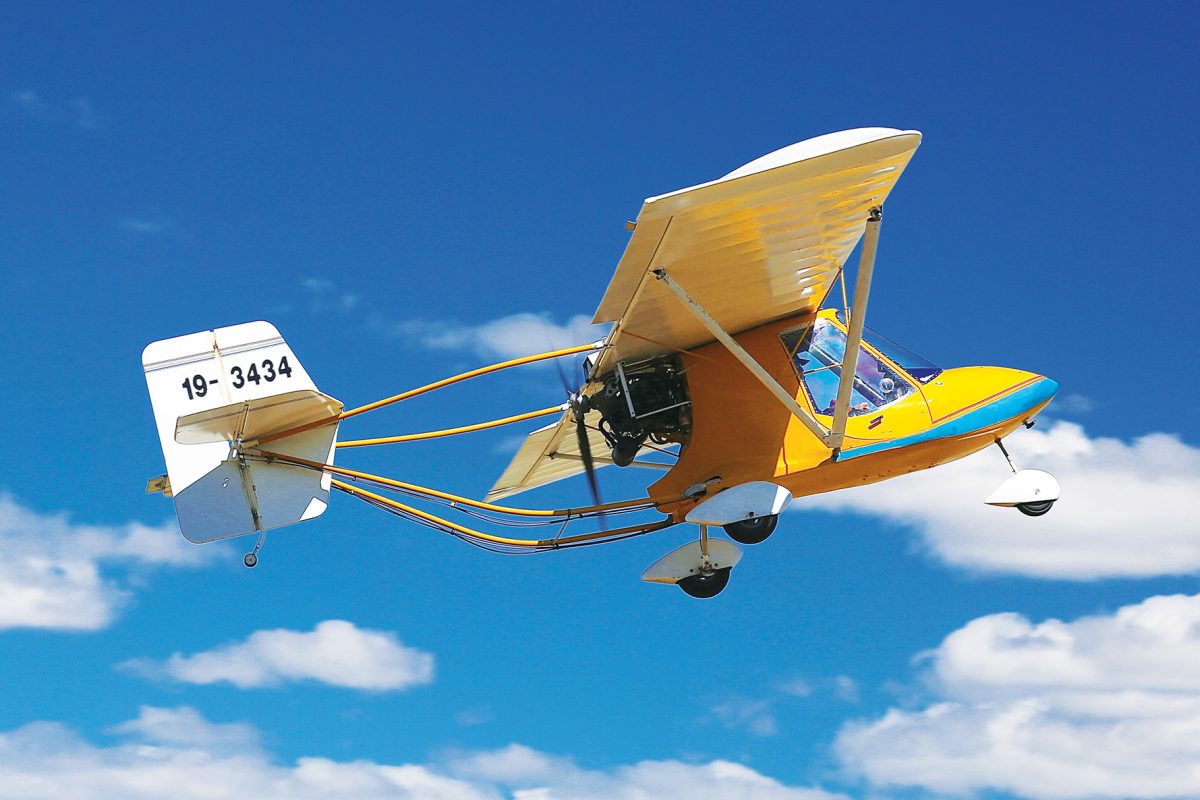I was invited to review a course the other day that talked about high consequence decision making and the things that may influence the choices humans make. The course centred on a scenario in the middle east where two F-15 pilots Engaged and took down two friendly Blackhawk helicopters with all on board being killed in the process.
During the course, the lead up to the flight was discussed with the intelligence briefing content being outlined, the roles that each aircraft would play, the mission objective itself and a range of other pieces of information along the way.
We often talk about the Swiss cheese model and how accidents and incidents occur when the holes line up. Generally speaking, it is not one single factor that leads to such an occurrence but a series of contributing factors. In addition to this there is, generally speaking again, a root cause of the accident that, if avoided, may have prevented the entire event from happening at all. The interesting thing about this course and its content was that even in the high-powered world of fast jet flying in combat scenarios, the theory still holds. There was not one particular point of failure but a series of them that ultimately led to the demise of the Blackhawk crews.
In this scenario, the F-15 crews took off with a certain set of information and a particular mindset that they would encounter hostile aircraft. When presented with data that could confirm their beliefs, their expectations were realised – or in their minds they were at least. They took the pieces of information that confirmed their existing beliefs and used it to make a decision, while at the same time mentally discarding those parts that conflicted with their expectations.
In addition to this they broke some protocols, treated constraints relating to rules of engagement as a procedural requirement that they had to meet, and performed activities they were not trained for. There are a lot of moving parts to this story here and even more when you dive a little deeper.
Despite all these factors adding up to a bad decision being made, none of them was the single most important point of failure. That came down to culture and the competitive tension between F-15 crews and their F-16 counterparts.
It turns out that F-15 aircraft were used for air superiority roles which meant they operated at high altitude to defend larger aircraft from airborne threats. F-16 aircraft, on the other hand, could be tasked with low level operations to investigate low and slow threats. The Blackhawks appeared to be such a potential threat and ordinarily, F-16 jets would be dispatched to identify whether it is indeed a threat or friendly forces. Moreover, they had access to intelligence on movements in this airspace that the F-15 crews did not have because it was deemed they didn’t need it due to them operating at higher altitudes.
In short, the competitive tensions between the operating crews of each aircraft type led to the F-15 crews on this particular day departing from the procedural requirements of their orders to perform a task ordinarily done by the F-16 teams. Their lack of training, low familiarisation with the manoeuvres being performed, limited information, etc. all resulted in them attacking friendly forces and it all stemmed from the cultural issues present between the crew of the different aircraft types. Had this cultural issue not been there it is likely the actions taken would be very different with the F-16 crews being called in and the ultimate outcome much more positive.
For our types of operations it is easy to argue that the stakes are very different and the lessons here do not apply, but this could not be further from the truth. Whilst things like confirmation bias play a pivotal role in the decisions we make, I would argue our culture around safety is one that is equally if not more important. Every day we get up and make a decision to fly. What we do when that flight takes place is driven by our culture and attitude towards safety. Do we do a beat up and try to go a little lower than our mate who went first? Do we push ourselves a little harder to get into that tight little bush strip even though our mate who had a more suitable aircraft was already close to his limits? Or do we not let our egos get in the way of making a good decision and allow ourselves to go home at night to our loved ones, who would miss us dearly if that were not to happen?
While the flying operations we engage in may not be as high paced as the ones described above and our aircraft may not be high performing like those in the example presented here, our decisions are still high consequence. We may not be presented with a situation where we are deciding whether to fire on a Blackhawk helicopter but we are faced with decisions relating to our own wellbeing and lives. That seems to me to be a pretty high consequence decision.
